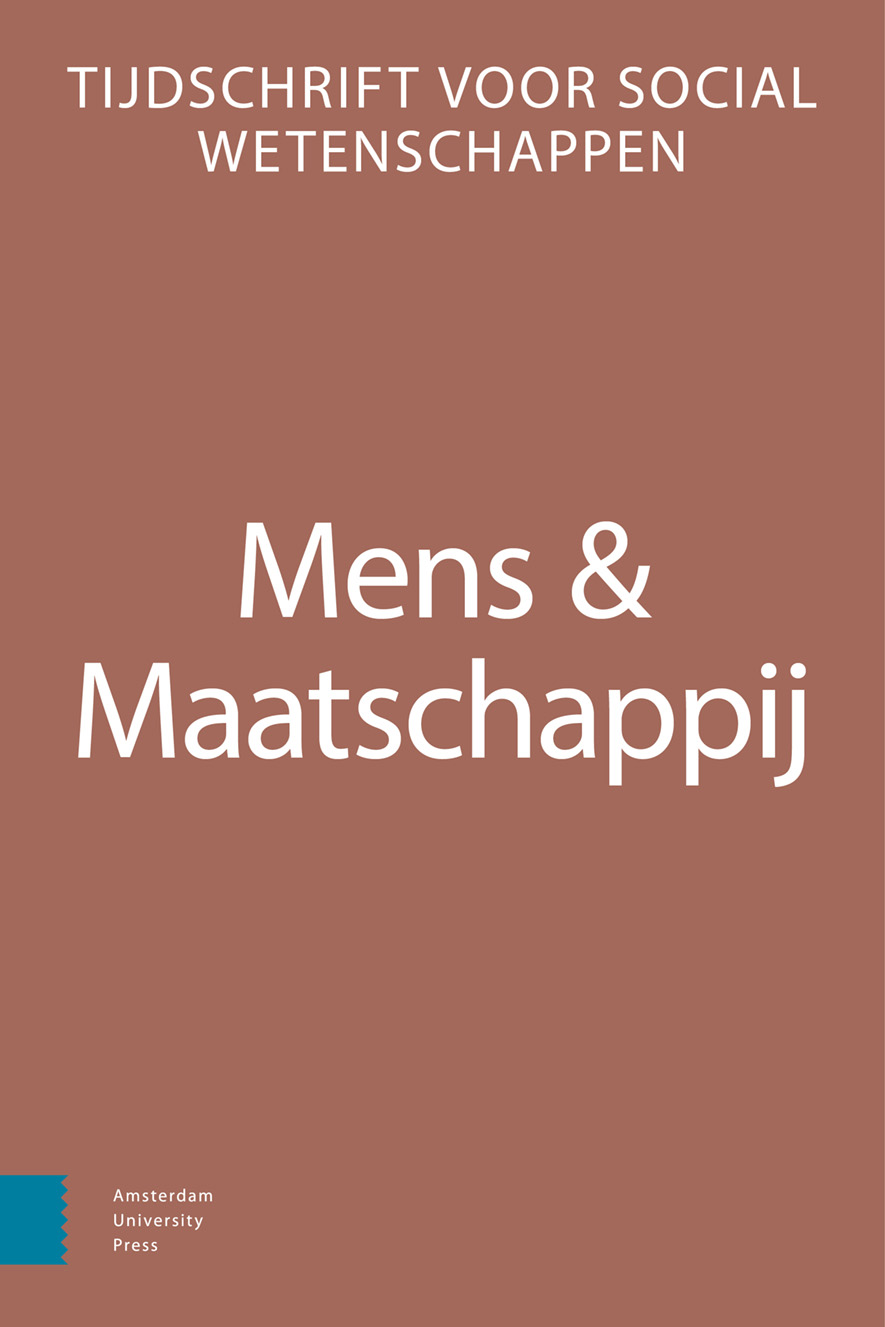
Full text loading...
We use cookies to track usage and preferences.I Understand
Intergenerational transmission in adoptive families: parental ses and educational attainment of adoptees and non-adopted peers in adulthood in the Netherlands
Intercountry adoptees provide a unique opportunity to study the intergenerational transmission of socioeconomic status (ses). With unique data collected by Statistics Netherlands (2021) on 2844 adoptees and 323 non-adoptees, this study examines the relationship between parental ses and the educational attainment of adopted children in adulthood, compared to non-adopted peers. In addition, other factors unique to intercountry adoptees (country of birth, age at adoption, Special needs status) are considered. Contrary to earlier research, both paternal and maternal education is positively associated to adoptees’ educational attainment in adulthood, however, weaker than for non-adopted peers. Contrary to earlier research, no significant association between parental income and the educational attainment of adoptees, while a significant positive association was found for non-adopted peers. The findings stress the role of parental resources in social mobility, informing policies to support families with fewer resources.

Article metrics loading...

Full text loading...
References


Data & Media loading...

